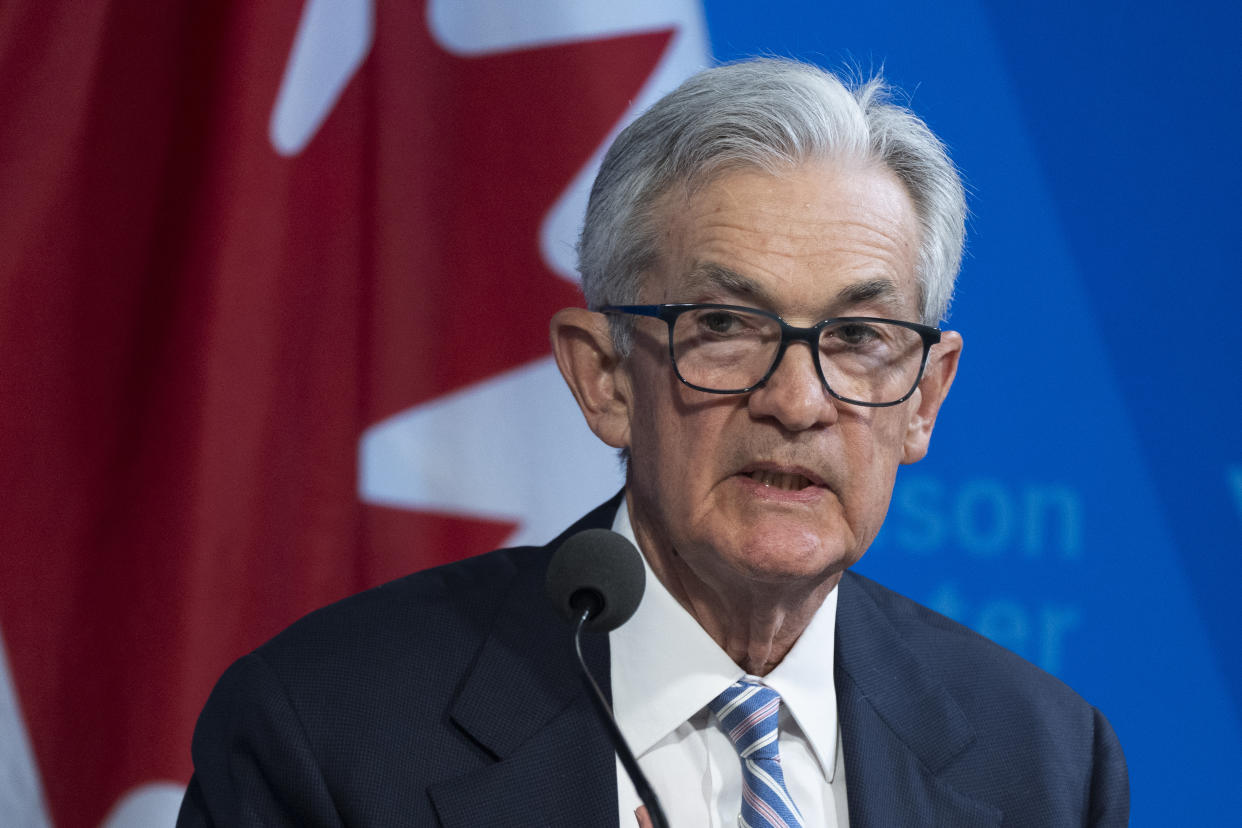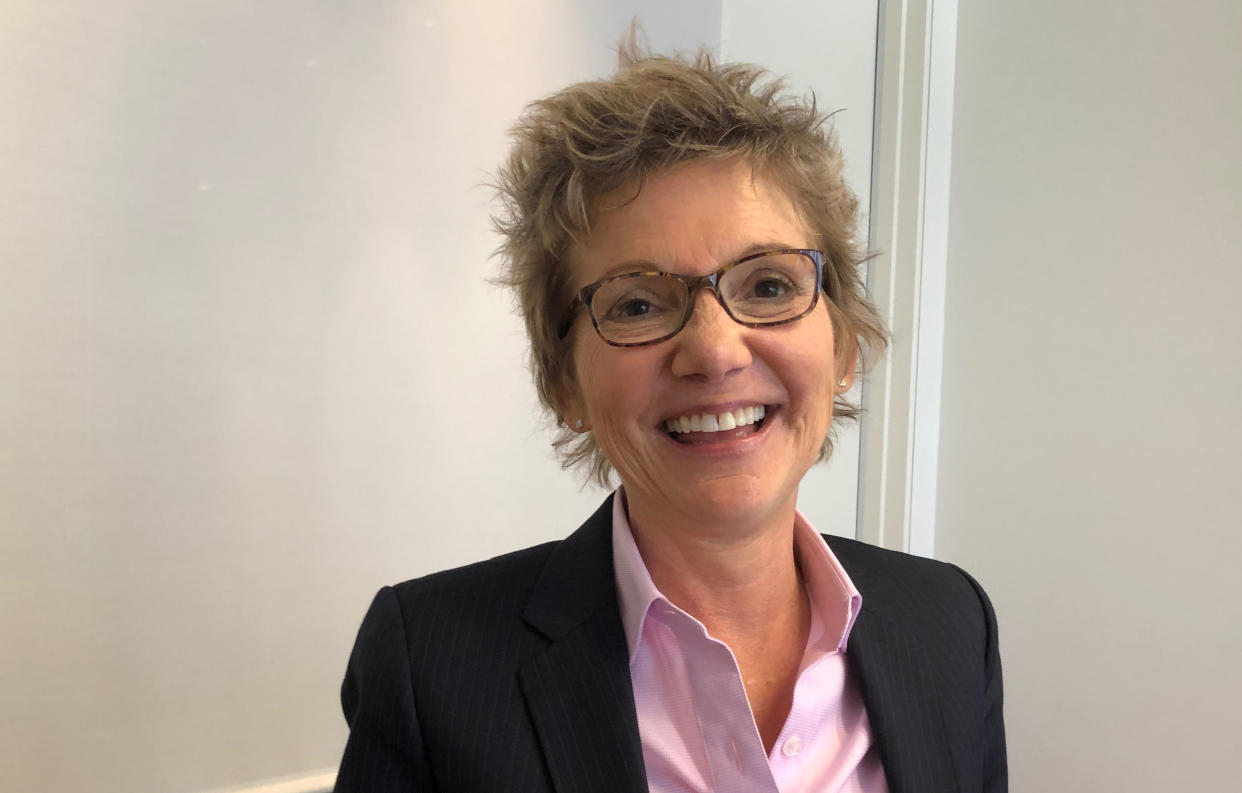How Jay Powell and the Fed pivoted back to higher for longer
For months, Federal Reserve Chair Jay Powell offered assurances about rate cuts in 2024, arguing that hotter-than-expected inflation reports were all part of the "bumpy" road to the Fed’s goal.
In the past week, those assurances disappeared.
"The recent data have clearly not given us greater confidence and instead indicate that it's likely to take longer than expected to achieve that confidence," Powell said Tuesday while speaking at an event in Washington, D.C.
The message from Powell was clear: Rates are going to stay higher longer than expected.

He wasn’t the only important voice at the Fed who made such a pivot in the last week.
Three other Fed officials also struck a more hawkish stance due to hotter-than-anticipated inflation data in the first quarter.
They included Chicago Fed president Austan Goolsbee, one of the more dovish members of the Fed.
Known for his earlier view that the Fed was on a "golden path" to getting inflation down without high unemployment, Goolsbee acknowledged Friday that "progress on inflation has stalled" and that it now "makes sense to wait" before cutting rates.
Another about-face came from New York Fed president John Williams, who said Thursday he doesn’t see any "urgency" to cut rates and didn't rule out raising them if inflation were to heat up further.
That caution came just four days after Williams said in a TV interview that rate cuts would "likely" start this year.
The evaporation of the 'easing bias'
The U-turn by several of the Fed’s most influential figures has set off a new debate across Wall Street about how the rest of 2024 could play out.
"The easing bias many people had expected earlier in the year seems to be evaporating pretty quickly," Pimco head of short-term portfolio management Jerome Schneider said to Yahoo Finance.
Traders are now betting the first rate cut won't come until September, instead of June or July, and are now pricing in only one or two cuts instead of the six predicted at the start of 2024.
Read more: What the Fed rate decision means for bank accounts, CDs, loans, and credit cards
But a September cut could also open up the Fed to criticism that it acted too close to the presidential election in November.
Thus Blake Gwinn, the head of US rates strategy at RBC Capital Markets, now expects one cut in December after reducing his expectations from three to just one in 2024.
He told Yahoo Finance that Powell’s comments last week cemented a shift already underway among other members of the Fed’s Federal Open Market Committee.
"Some of the other more kind of centrist members, and even some of the people that tend to lean dovish, you're seeing them kind of back away from this bump in the road narrative where they were kind of trying to write off the January strength and inflation as idiosyncratic," Gwinn said.

One such voice is San Francisco Fed president Mary Daly, who had been predicting three rate cuts in 2024 but said during an April 12 speech that "there's absolutely in my mind no urgency to adjust the policy rate.”
"I need to be fully confident that it is on track to come down to 2% ... before we would consider a rate cut," Daly added.
Another official who pulled back expectations for the timing of rate cuts last week was Cleveland Fed president Loretta Mester.
She said Wednesday that inflation has run higher than expected this year and that the central bank doesn’t need to be in a "hurry" to cut rates. Mester had said previously that she expected to cut rates three times later this year.
The shift from these Fed officials came after another hotter-than-expected inflation reading for the month of March.
The Consumer Price Index (CPI) rose 3.5% over the prior year in March, an acceleration from February's 3.2% annual gain in prices and more than economists expected.
The year-over-year change in the so-called core CPI — which excludes volatile food and energy prices — was 3.8%, the same level as it was in February but a tenth of a percent higher than expected.
The Fed tends to look at the core measure of CPI, and that's now nearly double the central bank's 2% inflation target.
Powell's pivot
What may have been the final straw for Powell, however, was an early estimate of where the Fed’s preferred inflation gauge, the Personal Consumption Expenditures (PCE) index, may be headed.
This past week he offered a preview of the March numbers to be released this coming Friday. And he didn't sound pleased.
The February year-over-year change in the "core" PCE — which excludes volatile food and energy prices — clocked in at 2.8%. That was in line with economist expectations and down from 2.9% in January.
Powell sounded somewhat encouraged by that reading when he spoke on March 29, saying that it was "along the lines of what we want to see" while sticking to an assertion that inflation was still on a "bumpy path" to the central bank's goal of 2%.
But this past week Powell said he expected the March reading of PCE will be little changed from February. And the three- and six-month readings will be above that level, he said.
Powell won’t be able to comment on the figures this Friday because the Fed will be in its blackout period leading up to its next policy meeting on April 30-May 1.
"It's appropriate to allow restrictive policy further time to work and let the data and the evolving outlook guide us," he said this past Wednesday.
Not everyone on Wall Street is ready to dial back expectations of rate cuts, despite Powell’s apparent pivot.
Citi senior global economist Robert Sockin is sticking with his call for a June cut. He acknowledged that the recent inflation data "has come in a lot stronger than expected."
But he said, "We still think there's going to be enough progress in inflation by the time you get to that June meeting that there'll be enough evidence that the Fed is willing to start that easing cycle."
Roundhill Investments CEO Dave Mazza made the point to Yahoo Finance that "at the end of the day, it's all going to depend on where inflation lands."
"And right now, that picture doesn't look positive."
Click here for in-depth analysis of the latest stock market news and events moving stock prices.
Read the latest financial and business news from Yahoo Finance
